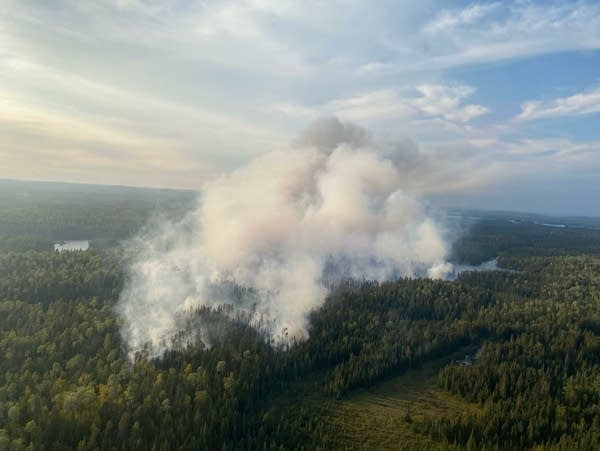Boundary Waters Canoe Area Wilderness closed to visitors

Smoke rises from the John Ek fire in northern Minnesota's Boundary Waters Canoe Area Wilderness on Friday. The fire was previously referred to as the "John Elk" fire; both names have been used to refer to the lake near where the fire started. The Forest Service said Saturday night that after a discussion about what name to use, they opted to change to “John Ek.”
Superior National Forest
Go Deeper.
Create an account or log in to save stories.
Like this?
Thanks for liking this story! We have added it to a list of your favorite stories.


